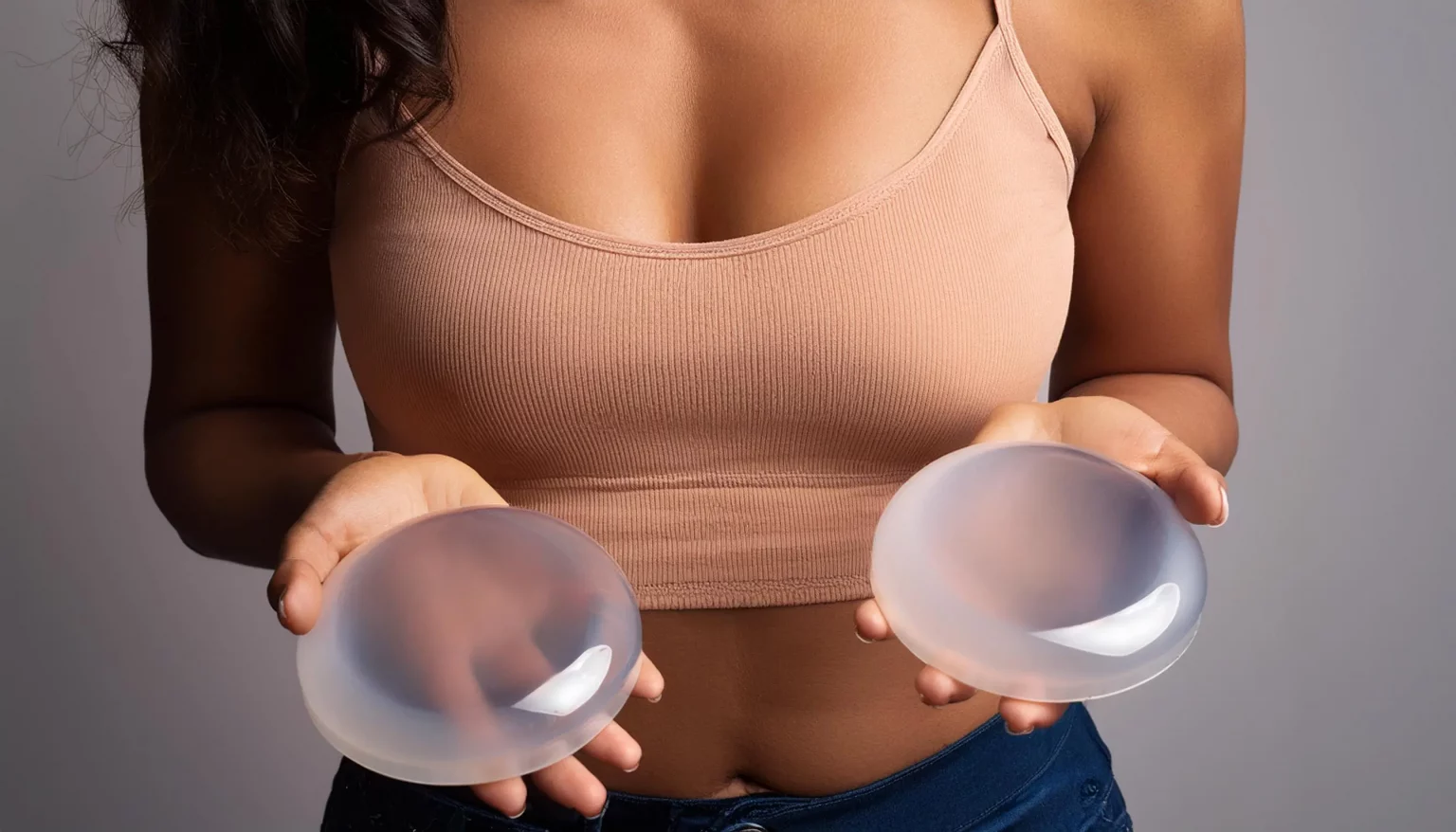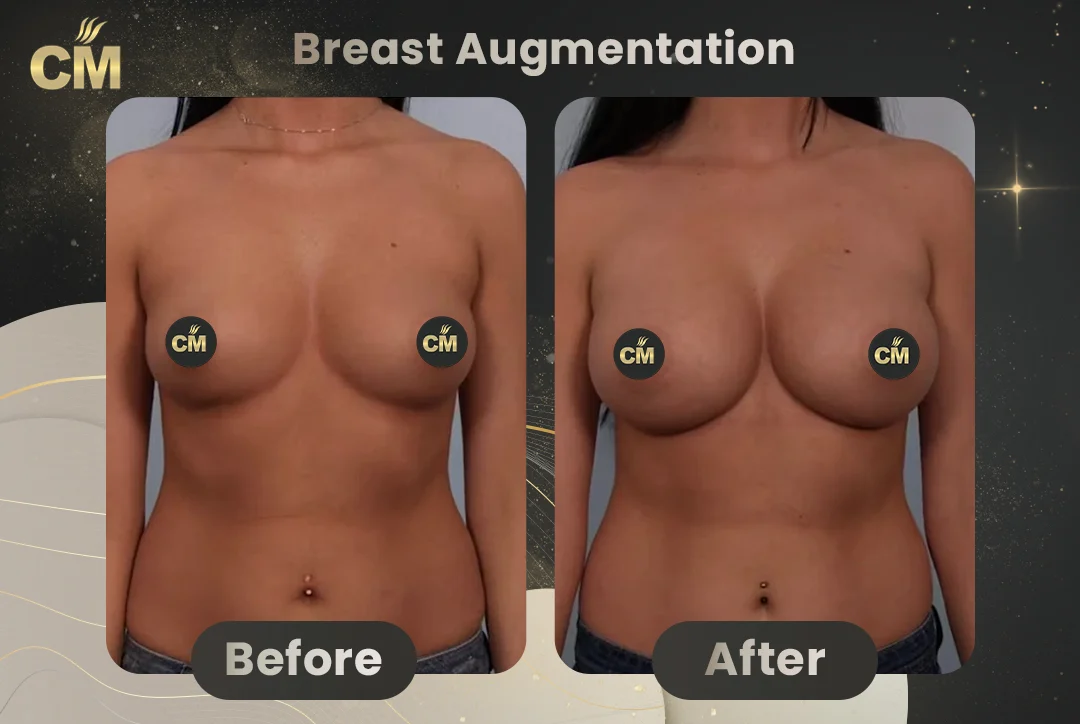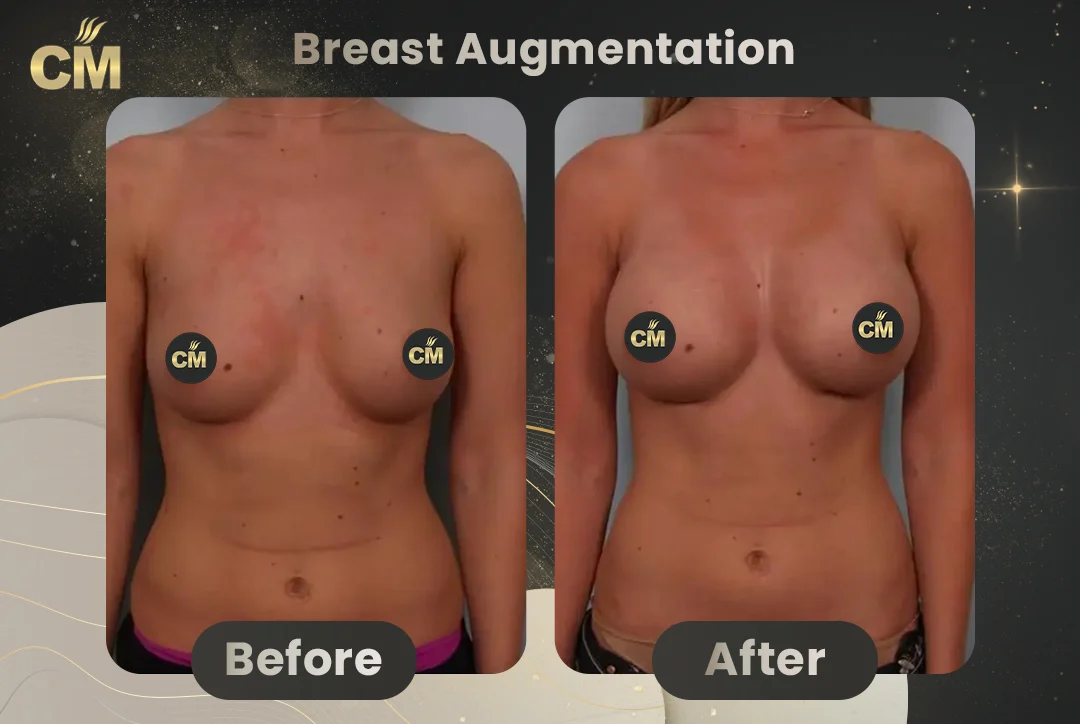Breast Augmentation in Turkey
Breast augmentation, or augmentation mammoplasty, aims to enhance the size and shape of breasts using implants or fat transfer. Many seek this procedure to restore lost volume, improve self-image, or reconstruct their breasts after surgery. In this article, we’ll cover everything you need to know about types, procedures, and recovery.
Key Takeaways
- Breast augmentation can enhance the size and shape of breasts using implants or fat transfer, addressing aesthetic and reconstructive needs.
- There are two primary types of breast implants—saline and silicone—each with distinct characteristics, and careful selection is crucial for desired results.
- Recovery involves careful adherence to post-operative care, with attention to potential risks such as complications related to implants and the importance of choosing a qualified plastic surgeon.
What is Breast Augmentation?
 Breast augmentation, also known as augmentation mammoplasty, is a surgical procedure designed to enhance the size and shape of the augmented breasts. This procedure enhances the breasts by placing breast implants or transferring fat from other parts of the body. The primary goal is to improve the overall appearance of the breasts, whether for aesthetic reasons or reconstructive breast surgery purposes. Many people choose this cosmetic procedure, commonly called a boob job, to achieve their desired look.
Breast augmentation, also known as augmentation mammoplasty, is a surgical procedure designed to enhance the size and shape of the augmented breasts. This procedure enhances the breasts by placing breast implants or transferring fat from other parts of the body. The primary goal is to improve the overall appearance of the breasts, whether for aesthetic reasons or reconstructive breast surgery purposes. Many people choose this cosmetic procedure, commonly called a boob job, to achieve their desired look.
Many individuals choose to undergo breast augmentation for various reasons:
- To restore breast volume lost due to significant weight loss, pregnancy, or breastfeeding.
- To improve their self-image and boost their confidence.
- To reconstruct their breasts after a mastectomy due to breast cancer.
Breast augmentation is one of the most frequently performed plastic surgery procedures in the United States, reflecting its popularity and the high demand for this type of cosmetic enhancement. However, it’s crucial to have a thorough discussion with a qualified plastic surgeon to understand the desired outcomes and potential risks associated with breast surgery and breast implant surgery. Risks can include changes in breast sensation, infection, and implant rupture over time.
Those seeking a small increase in breast volume might consider fat transfer breast augmentation. This method involves harvesting fat from other parts of the body and injecting it into the breasts, offering a more natural look and feel. While this technique is less common, it provides an alternative for individuals looking for a modest enhancement without the use of implants.
Types of Breast Implants
 Choosing the right type of breast implant is a critical decision in the breast augmentation process. The two main types of breast implants are saline-filled and silicone-filled. Each type has distinct characteristics, advantages, and potential drawbacks, making it essential to understand the differences.
Choosing the right type of breast implant is a critical decision in the breast augmentation process. The two main types of breast implants are saline-filled and silicone-filled. Each type has distinct characteristics, advantages, and potential drawbacks, making it essential to understand the differences.
Saline breast implants have the following characteristics:
- Filled with sterile saline
- Inserted empty before being filled to the desired size, allowing for minor adjustments post-surgery
- Result in smaller incisions
- Can be more noticeable, especially in individuals with less breast tissue, due to a higher risk of visible rippling
- Generally more affordable than silicone implants and saline implants
Silicone breast implants have the following characteristics:
- Filled with a viscous silicone gel that mimics the feel of natural breast tissue.
- Tend to provide a more natural appearance and feel, making them a popular choice.
- Are pre-filled before insertion, which requires larger incisions.
- Carry a risk of rupture, which may not be immediately noticeable since the silicone gel tends to stay within the implant shell.
Structured implants combine the benefits of both saline and silicone gel implants. These implants have an internal structure that helps them maintain their shape while providing a natural feel. This hybrid option can offer the best of both worlds, giving patients more flexibility in achieving their desired breast size and shape.
Preparing for Breast Augmentation Surgery
Preparation is key to a successful breast augmentation surgery and smooth recovery. One of the first steps is to make positive lifestyle changes, such as quitting smoking at least four weeks before the surgery. Smoking can significantly impair healing, so discontinuing it is crucial.
Maintaining a balanced diet leading up to the surgery ensures that your body is in optimal health to handle the procedure and recover effectively. Completing all pre-operative tests and clearances is also essential. These may include a baseline mammogram and breast imaging adjustments to certain medications. Ensuring all these steps are taken care of will help minimize risks and complications during and after the surgery.
Logistical preparations are equally important. Make sure to:
- Have a designated adult to drive you home after the procedure and stay with you for the initial recovery period.
- Wear comfortable clothing that can be easily taken on and off when arriving for surgery.
- Avoid consuming any food or drink after noon the day before surgery to prevent complications during anesthesia.
Being well-prepared not only helps in reducing anxiety but also sets the stage for a smoother recovery. Discussing these preparations with your plastic surgeon can provide additional personalized recommendations based on your specific circumstances and needs.
Surgical Procedures for Breast Augmentation
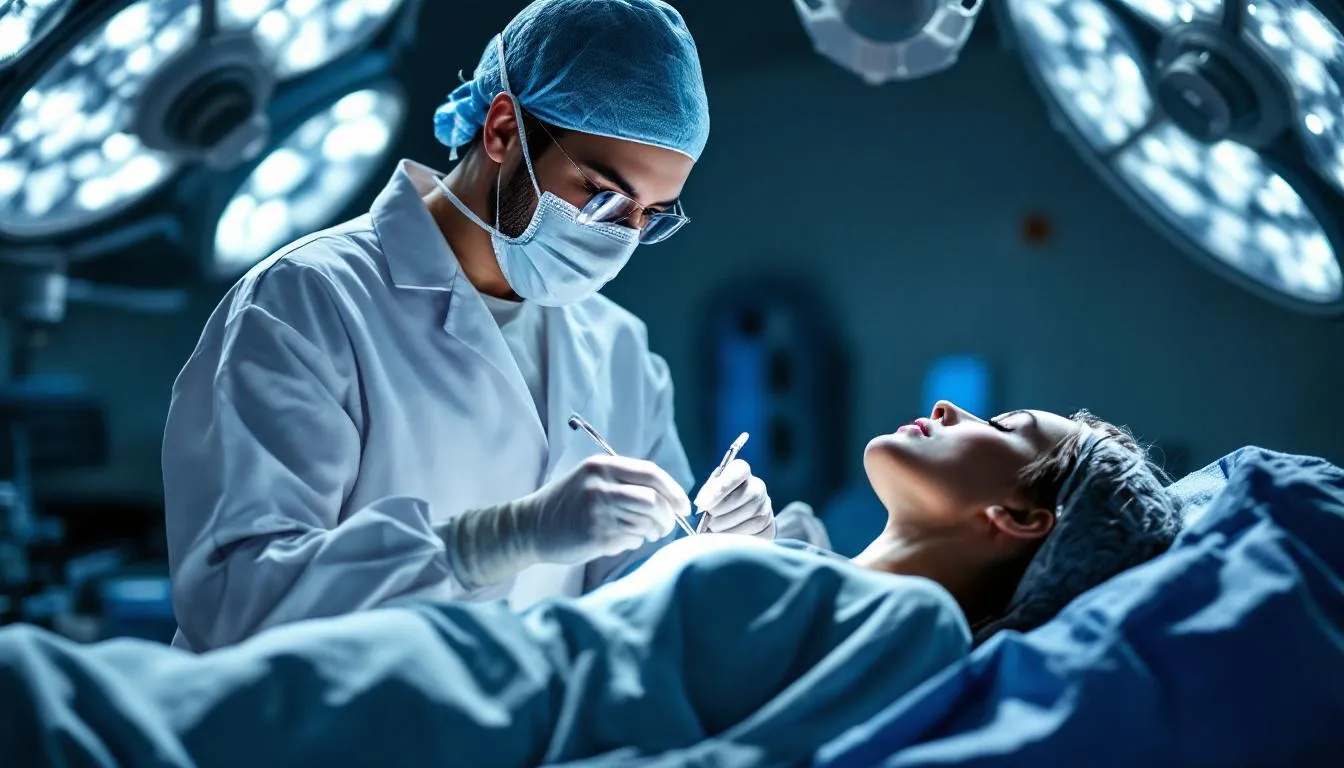 The surgical procedure for breast augmentation involves several steps, starting with the surgeon making the incision. The surgeon can make incisions in three primary locations: under the breast (inframammary fold), under the arm (transaxillary), or around the nipple (periareolar incision). The choice of incision location depends on several factors, including the type of implant, the desired outcome, and the surgeon’s recommendation.
The surgical procedure for breast augmentation involves several steps, starting with the surgeon making the incision. The surgeon can make incisions in three primary locations: under the breast (inframammary fold), under the arm (transaxillary), or around the nipple (periareolar incision). The choice of incision location depends on several factors, including the type of implant, the desired outcome, and the surgeon’s recommendation.
After making the incision, the surgeon positions the breast implant in one of the following ways:
- In front of the pectoralis muscle (subglandular), placing the implant directly above the muscle.
- Behind the breast muscle (submuscular), placing the implant under the muscle.
- Using a dual plane technique, combining aspects of both subglandular and submuscular placements to achieve more natural results.
Finally, the surgeon closes the incisions with sutures, skin adhesives, or surgical tape. Properly closing the incisions helps minimize scarring and promotes better healing. The entire procedure typically takes one to two hours, depending on the complexity and specifics of the surgery.
Recovery After Breast Augmentation
 Recovery after breast augmentation surgery is a critical phase that requires careful attention and patience. In the first week:
Recovery after breast augmentation surgery is a critical phase that requires careful attention and patience. In the first week:
- Swelling and soreness are common, with the peak discomfort usually occurring during this period.
- Patients are often prescribed antibiotics to prevent infection.
- Patients are advised to wear a compression garment to support the breasts and reduce swelling.
Stitches used during the surgery are typically removed or dissolve within two to four weeks post-operation. Patients will start to notice improvements in their healing and comfort levels daily, but it’s essential to avoid heavy lifting, strenuous activities, and raising arms above shoulder height for up to four weeks. Light activities, such as daily walking, are encouraged during the first week to enhance blood circulation and aid recovery.
To ensure proper healing and avoid complications:
- Avoid strenuous exercise for at least six weeks.
- Most patients can return to work within two weeks.
- Complete recovery can extend up to six months.
- Maintain good physical health with light exercises to enhance recovery strength and overall well-being.
A successful recovery involves following your surgeon’s post-operative care instructions closely and attending all follow-up appointments. These steps are crucial for monitoring your progress and addressing any potential issues early on.
Complications and Risks
Like any surgical procedure, breast augmentation comes with its own set of risks and potential complications. Both saline and silicone implants carry similar risks, including capsular contracture and the need for additional surgeries.
Capsular contracture is characterized by the hardening of scar tissue around the implant, which can cause breast pain and changes in breast shape. Common causes include:
- Bacterial contamination
- Device-shell rupture
- Filler leakage
- Hematoma.
If a saline implant ruptures, it visibly deflates as the saline solution leaks out, which is not considered a health risk. However, a rupture in a silicone implant may not be immediately noticeable, as the silicone gel tends to stay within the implant shell, often requiring further surgical intervention. Regular monitoring and follow-up care are essential for early detection of complications related to breast implant rupture and breast implants.
Infections following breast augmentation surgery can occur and may lead to serious complications if not properly managed. Changes in breast and nipple sensation are also possible, which may be temporary or permanent. It’s important to be aware that breast implants are not lifetime devices, and the likelihood of complications increases over time, possibly necessitating additional surgeries.
Fat Transfer Breast Augmentation
Fat transfer breast augmentation is an alternative to traditional breast implants or fat that involves harvesting autologous fat tissue from the body and injecting it into the breasts for enhancement. This procedure can yield a more natural look and feel, as it uses the patient’s own body fat. Typically, breasts increase by one or two cup sizes through this method, with results that can last a lifetime after about six months. Additionally, the fat graft technique is often utilized to achieve these results.
The fat transfer process involves liposuction to remove fat from areas like the abdomen, thighs, or buttocks. The harvested fat is then purified and injected into the breast tissue. This method not only enhances the breast size but also contours the donor areas, providing a dual benefit. However, potential complications include infection, bleeding, and necrosis, where some of the transferred fat cells may die.
Recovery from fat transfer breast augmentation may involve swelling for up to six months. The procedure is less invasive than traditional implant surgery and offers a more natural alternative for those seeking a modest enhancement without synthetic implants.
Impact on Breastfeeding
One common concern among women considering breast augmentation is its impact on breast feeding. Fortunately, breast augmentation surgery typically does not affect the ability to breastfeed. This is because the surgery primarily involves the breast tissue and not the milk-producing glands, allowing most women to breastfeed without issues.
There’s no need to postpone breast augmentation until after having children, as the procedure is generally safe and does not interfere with breastfeeding. However, it’s essential to discuss any concerns with your plastic surgeon, who can provide personalized advice based on your specific circumstances.
Health concerns related to breast implants include:
- Digestive tract contamination and systemic toxicity due to leakage into breast milk are minimal.
- Silicone fillers cannot be digested.
- Saline fillers primarily consist of salt and water, making them generally inert.
Pregnancy will change the shape of your breasts, but this is a natural process and not necessarily related to sagging breasts or implants.
Breast Implant-Associated Anaplastic Large Cell Lymphoma (BIA-ALCL)
Breast Implant-Associated Anaplastic Large Cell Lymphoma (BIA-ALCL) is a rare type of lymphoma and cancer of the immune system. Although BIA-ALCL is not common, it poses a serious risk for individuals with breast implants, particularly those with textured surfaces.
In 2019, researchers identified a direct link between textured breast implants and BIA-ALCL, specifically with Allergan BIOCELL textured implants. The FDA recognized that textured surface implants carry a low but increased risk of developing BIA-ALCL. The estimated lifetime risk of developing BIA-ALCL with textured implants ranges from 1 in 2,207 to 1 in 86,029.
Medical professionals need more research to better understand the link between BIA-ALCL and breast implants. However, individuals considering breast augmentation should stay informed about this potential risk. Regularly monitoring and following up with your plastic surgeon remain crucial for early detection and effective management of any complications.
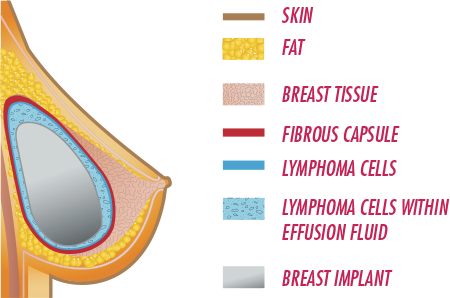
Enhancing Self-Esteem and Body Image
Breast augmentation is not just about physical transformation; it can also have a profound impact on a person’s self-esteem and body image. Many individuals report significant improvements in self-confidence and overall body satisfaction following the procedure. The psychological benefits can be as transformative as the physical changes.
Patients often experience enhanced psychosocial and sexual well-being, with many reporting a reduction in depressive symptoms after undergoing breast augmentation. Studies indicate that women who have had breast augmentation see an increase in life satisfaction, contributing to a more positive outlook on life.
Approximately 70-80% of patients report satisfaction following breast augmentation surgery, expressing improved self-esteem and overall satisfaction. Whether the motivation is to improve self-image or to rebuild a breast after a mastectomy, breast augmentation can be a life-changing decision that enhances both physical and emotional well-being.
Choosing the Right Plastic Surgeon
Choosing the right plastic surgeon is one of the most critical decisions in the breast augmentation journey. Here are key reasons to choose a board-certified plastic surgeon:
- A board-certified plastic surgeon has the necessary training and qualifications to perform the procedure safely and effectively.
- Certification by the American Board of Plastic Surgery means the surgeon has met specific educational and training standards.
- This certification provides an additional layer of reassurance for patients.
It’s important to verify the following when choosing a surgeon:
- The surgeon performs procedures in accredited surgical facilities, ensuring adherence to high standards of patient safety and care.
- Consult patient reviews to gain valuable insights into the surgeon’s skills and the experiences of previous patients.
-
Look for surgeons who are part of the American Society of Plastic Surgeons, as they hold themselves to high standards regarding continued education and surgical practices.
Taking the time to research and choose the right plastic surgeon can significantly impact the outcome of your breast augmentation surgery. A skilled and experienced surgeon will not only help achieve the desired aesthetic results but also minimize the risks and complications associated with the procedure.
Summary
Breast augmentation is a multifaceted procedure that requires careful consideration and planning. From understanding the different types of implants to preparing for surgery and managing the recovery process, each step plays a crucial role in achieving the desired results. The potential risks and complications, such as capsular contracture and BIA-ALCL, highlight the importance of choosing a qualified plastic surgeon and adhering to follow-up care.
Ultimately, breast augmentation can significantly enhance self-esteem and body image, offering both physical and psychological benefits. Whether you consider this procedure for aesthetic reasons or reconstructive purposes, staying well-informed and prepared will help you make the best decisions for your health and well-being.
Breast Augmentation Results at ClinMedica
At ClinMedica, we take pride in the remarkable outcomes of our breast augmentation in Turkey procedures performed by our expert team. Over the years, we’ve helped numerous individuals enhance their natural beauty, creating a fuller, more balanced silhouette., thanks to our advanced techniques and personalized care.
Take a look at our before-and-after gallery, where you’ll see real patient transformations. These images reflect the beautiful, natural results that blend seamlessly with each individual’s body proportions, showcasing the success of our procedures.

